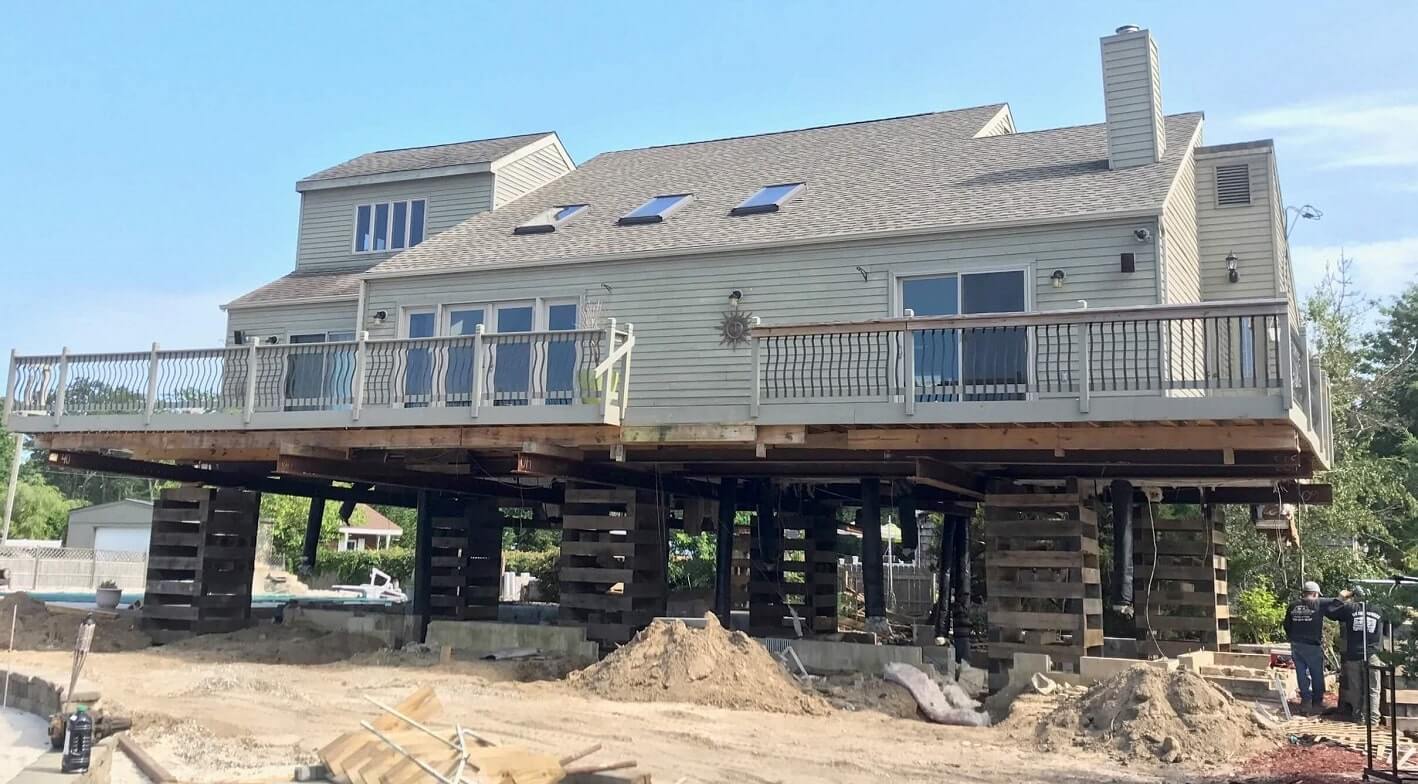House raising, a practice that has been employed for centuries, is a fascinating method of elevating an existing home to a higher level above its current foundation. This process involves physically lifting the entire structure to create additional space underneath or to protect the home from potential flooding or other environmental hazards. The intricate art of house raising requires meticulous planning and precise execution to ensure the structural integrity of the building is maintained throughout the elevation process.
Beyond its practical benefits, house raising also presents a unique blend of engineering proficiency and architectural innovation. The transformation of a house designers brisbane from its original position to a heightened stance showcases a harmonious balance between form and function, breathing new life into the structure while preserving its historical charm. As communities grapple with rising sea levels and other climate-related challenges, the art of house raising has become a vital solution for safeguarding homes against the unpredictable forces of nature.
Benefits of House Raising
House raising offers homeowners various advantages. Firstly, it provides added protection against flooding and other water-related issues by elevating the structure above potential dangers. This not only safeguards the property but also helps reduce damages and costly repairs in the long run.
Another benefit of house raising is the creation of additional living or storage space underneath the raised structure. This newfound space can be utilized for various purposes, such as a garage, workshop, or even a recreational area, adding functional square footage to the property without the need for major construction.
Furthermore, house raising can enhance the overall aesthetics of a property. By lifting the house to a higher level, it can improve the views, increase curb appeal, and add a unique visual element to the neighborhood. This aesthetic transformation can also positively impact the resale value of the house.
Common Techniques Used
One common technique used in house raising is known as the “pier and beam” method. This involves building temporary support structures under the house to lift it off the ground. Once elevated, the existing foundation can be repaired or replaced as needed before lowering the house back down onto the new foundation.
Another popular technique is hydraulic jacking, where hydraulic jacks are used to gradually lift the house to the desired height. house raising This method allows for precise control over the lifting process, ensuring that the house is raised evenly without causing any structural damage.
Some contractors also utilize the screw jack method, which involves using mechanical screw jacks to lift the house incrementally. This technique is particularly effective for buildings with heavier loads, as it provides stable support during the lifting process.
Cost Considerations

House raising can be a major investment, with costs varying depending on factors such as the size of the house, the current condition of the foundation, and the location of the property. The process of house raising typically involves hiring professionals such as engineers, contractors, and movers, which can contribute to the overall expenses.
In addition to the labor costs involved in house raising, materials such as hydraulic jacks, steel beams, and foundation supports are essential for the process. These materials come at a price, and it’s important to budget for them in advance to ensure a smooth and successful house raising project.
Other cost considerations include obtaining the necessary permits and insurance coverage for the house raising project. Permit fees can vary depending on the location and requirements set by local authorities, while insurance coverage is vital to protect against any unforeseen circumstances during the house raising process. Planning ahead and accounting for these costs is crucial in managing the overall expenses of house raising.